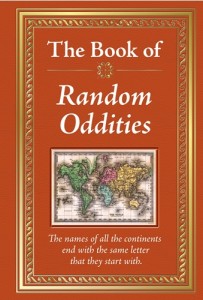OPA for Blog Content Writing – A
 It’s a principle used by many to build financial success – OPM. The idea: we’re not limited by our own resources, because we can use Other People’s Money. Even if we lack the financial resources to take advantage of business opportunities, explains Michael Lechter of PowerHomeBiz.com , OPM makes moving forward possible.
It’s a principle used by many to build financial success – OPM. The idea: we’re not limited by our own resources, because we can use Other People’s Money. Even if we lack the financial resources to take advantage of business opportunities, explains Michael Lechter of PowerHomeBiz.com , OPM makes moving forward possible.
I like to use that same principle in blogging for business, except the resources involve other people’s advice, or OPA. This week, all three of my Say It For You blog posts will share pieces of advice that can help companies and professional practices move forward in creating high quality blog content.
“Reading from a screen is more tiring and therefore about 25% slower than reading from paper,” points out Darren Rowse of ProBlogger.net. That’s why, Rowse stresses, it’s so important in writing blog content for business, to make it scannable.
Simple formatting clues, such as bolding, underlining, and bullet points, can go a long way in the scannability department, Rowse goes on to explain, and he suggests placing pictures close to the content they’re meant to illustrate. “Don’t feel you have to fill up every inch of your screen,” he cautions. Instead, he advises, create spaces because those tend to draw readers’ eyes.
Rowse makes a point that I’ve often stressed in business blogging training sessions, which is to get to the core topic early in the post. “Don’t bury your points,” is how he puts it. I tell newbie blog content writers that “your most important task is, as early on as possible in the content of each blog post, to convey the message to those searchers that they’ve come to the right place for the products and information they need”.
Rowse is very honest in his remarks to bloggers: offering scannable stuff is good, he explains, but hardly good enough. Another factor to consider when thinking about good content, he says, is whether it’s unique. He sees blogs every day, he admits, that have very “useful” content, but which nobody reads because there is so much of that same information to be found in other places.
Today’s takeaway piece of OPM – strive for scannable AND unique!





Follow us online!